A plantain is actually a type of banana, but with a different flavor and culinary use. Like bananas they are originally from Southeast Asia, but they’re grown all over the world today. They are larger in size than bananas, and have a thicker skin. The best time for planting in Garden Lands are January to February and November to December. Plantain trees are mostly grown in Africa, the Caribbean and Latin America. The plantain tree needs 200 mm of rainfall per month and is easily damaged by high winds. Plantain bananas grow like grapes, in bunches or clusters. The harvest is carried out manually around 3 to 4 months after flowering, and continues throughout the year. Bunches will keep for between 15 and 30 days, depending on when they are harvested.
There are three species of banana: sweet bananas, plantains and inedible (wild) bananas. They range in color from green to yellow to dark brown, depending on their ripeness. Because of the high starch content, plantains aren’t often consumed raw, When it comes to cooking, they’re treated more like a vegetable than a fruit, often being used in savoury dishes While plantain bananas resemble the sweet bananas we eat as a fruit, plantains are only rarely eaten raw. Their thicker skin and firmer and less sweet flesh are the reason why they are usually cooked as a vegetable
The leaves of the plantain are heated to soften and sterilise them and then used in the food industry to wrap cooked food. They do not alter the properties of the food they protect.
Plantain bananas provide 122 kcal per 100 g and are an important source of carbohydrates, as well as of potassium and magnesium.
Plantains are also a good source of many nutrients that are beneficial to your health. They are rich in potassium that is needed for muscle contractions and maintaining fluid balance.

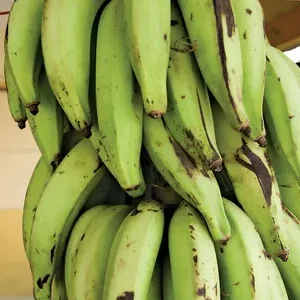
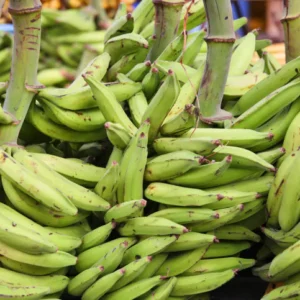


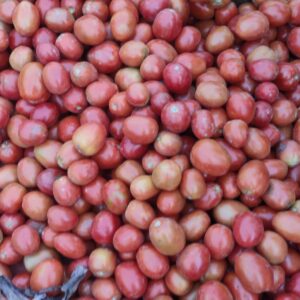
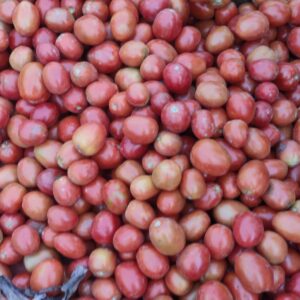





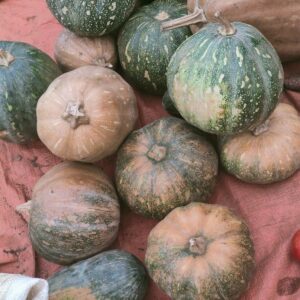
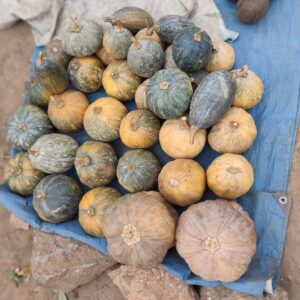
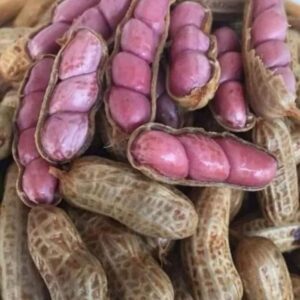



Reviews
There are no reviews yet.